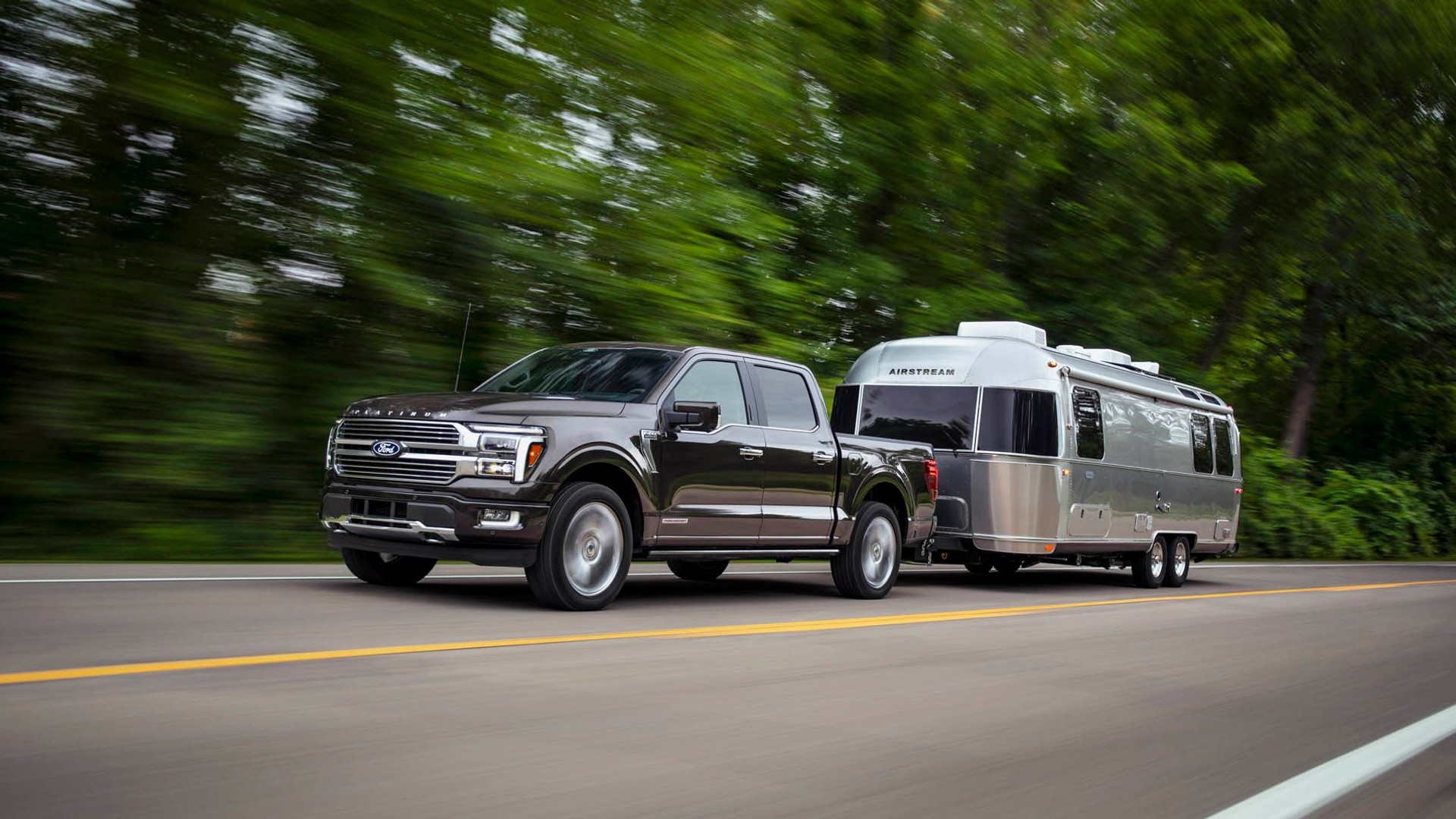Tesla claims some astonishingly quick acceleration times, and for some of us, testing and verifying those times are part of the fun.
To do that, the drag strip is the only safe and fully reliable source for accurate numbers.
In February of 2015, I migrated to a Model S Performance, after owning a 2013 Model S P85. As the weather turned supportive, in March of 2015, I began a series of timing tests to see what that car could do.
Tesla’s acceleration bragging rights are rooted, in part, in the finesse of the electronic traction control getting the car off the line with maximum power and efficiency. The systems allow almost no wheel spin off the line and permit the very quick acceleration from a full stop.
DON'T MISS: Tesla Model X Vs Tesla Model S: Ludicrous Drag-Strip Faceoff (Video)
In mid-2015 I took that P85D back to Fremont and had it upgraded to “Ludicrous” power. That improved my quarter-mile times to an average of 11.492 seconds, but the variability was even greater—up to 0.24 seconds!
To those wondering why a quarter of a second really matters in acceleration to the quarter mile: It means more than four car lengths when terminal speeds at that point are over 114 mph.
![George Parrott's 2018 Tesla Model 3 with orange wrap [CREDIT: George Parrott] George Parrott's 2018 Tesla Model 3 with orange wrap [CREDIT: George Parrott]](https://images.hgmsites.net/lrg/2018-tesla-model-3-performance_100689406_l.jpg)
George Parrott's 2018 Tesla Model 3 with orange wrap [CREDIT: George Parrott]
The data sets taken on these cars show clearly that Tesla has improved the finesse of the traction control system in the Model 3 Performance, versus the earlier Model S series cars.
CHECK OUT: Jaguar I-Pace beats Tesla Model X in electric car drag-race video
Three of the four Model 3 Performance cars there performed more than ten runs, with a variability from slowest to quickest runs (for individual cars) of just 0.03 seconds, 0.07 seconds, and 0.07 seconds.
One further note is that my Model 3 Performance quarter-mile average time, of 11.735 seconds, is quicker than my original P85D configuration, and just 0.24 seconds slower than the Ludicrous upgrade for that P85D.
It amounts to this: Tesla has greatly decreased the variability in full power launches from the 2015 Model S Performance series and the newest Model 3 Performance cars.
READ MORE: Electric Cars At Local Dragstrip: 8 Models, One Afternoon, Results Vary
In a November blog post from Tesla—which Tesla referred Green Car Reports to when we reached out to them about these ideas—Tesla credits its in-house Vehicle Dynamics Controller, with software developed specifically for Tesla vehicles, for the consistency and quicker response in the Model 3 Performance with its Track Mode.
Tesla points to more than the traction-control system though. This reproducibility, it says, can also be credited to the Model 3 Performance’s more aggressive cooling-system behavior during track driving—and features that will proactively drop battery-pack and drive-unit temperatures, temporarily allow operation outside thermal limits, and overclock the A/C compressor.
It least in that latter case, it suggests that achieving more consistency (and less variability) for electric-car track performance might rest on allowing a little more variability in other places.












